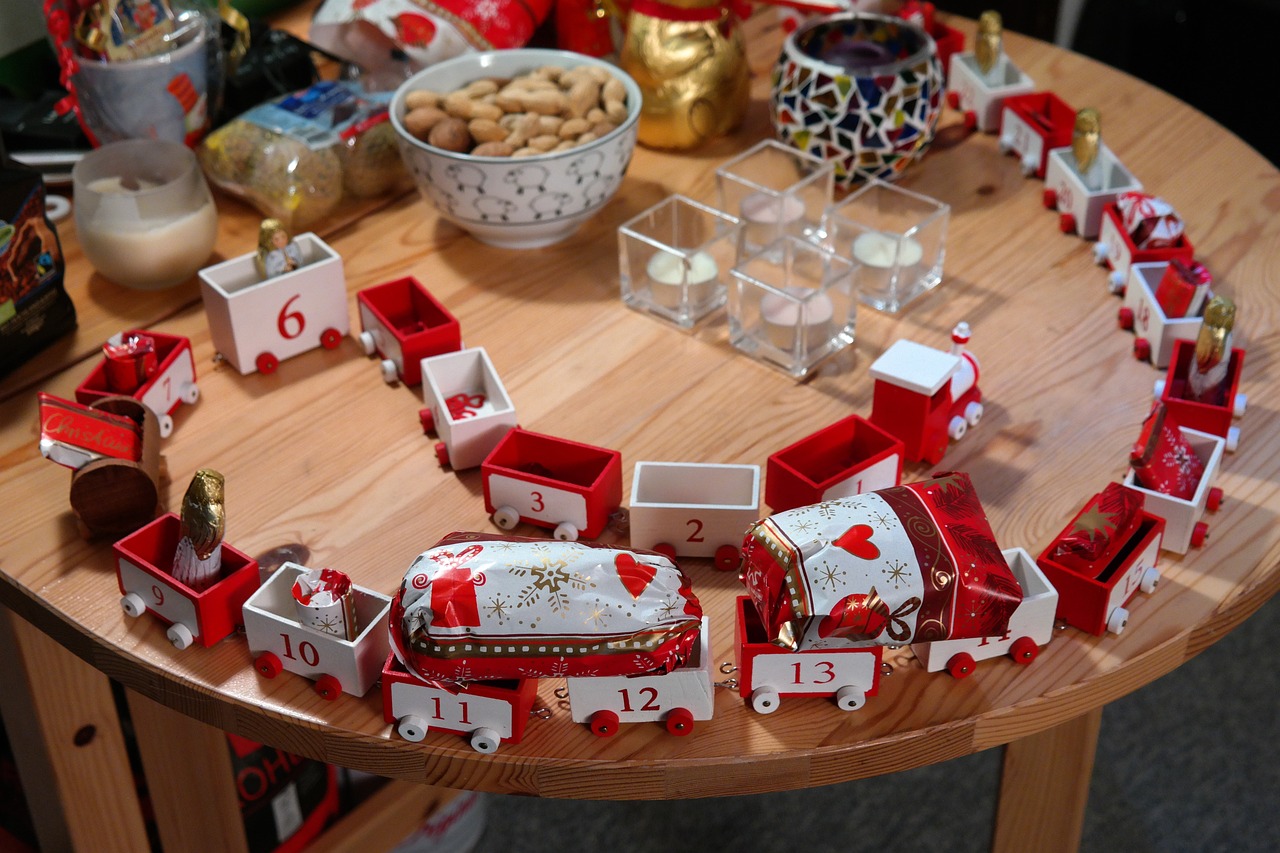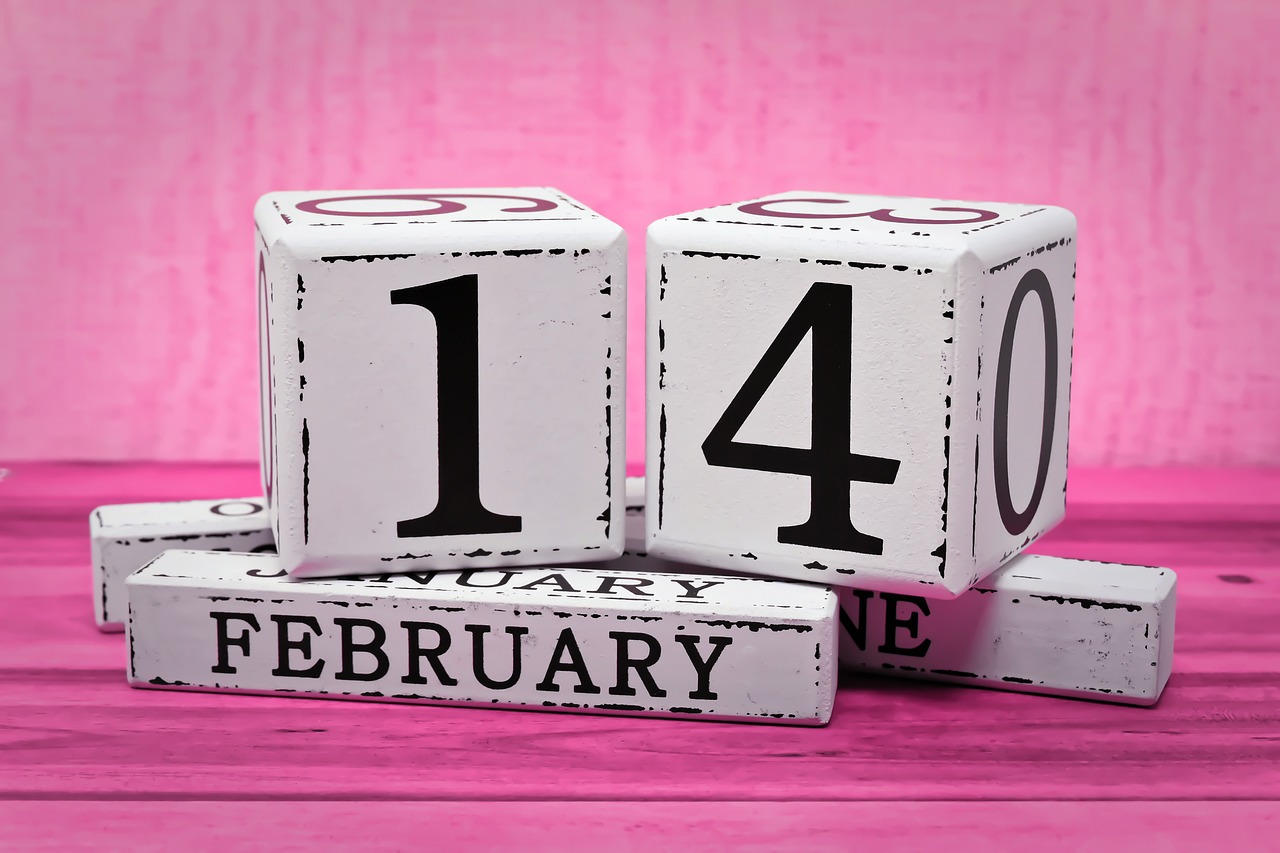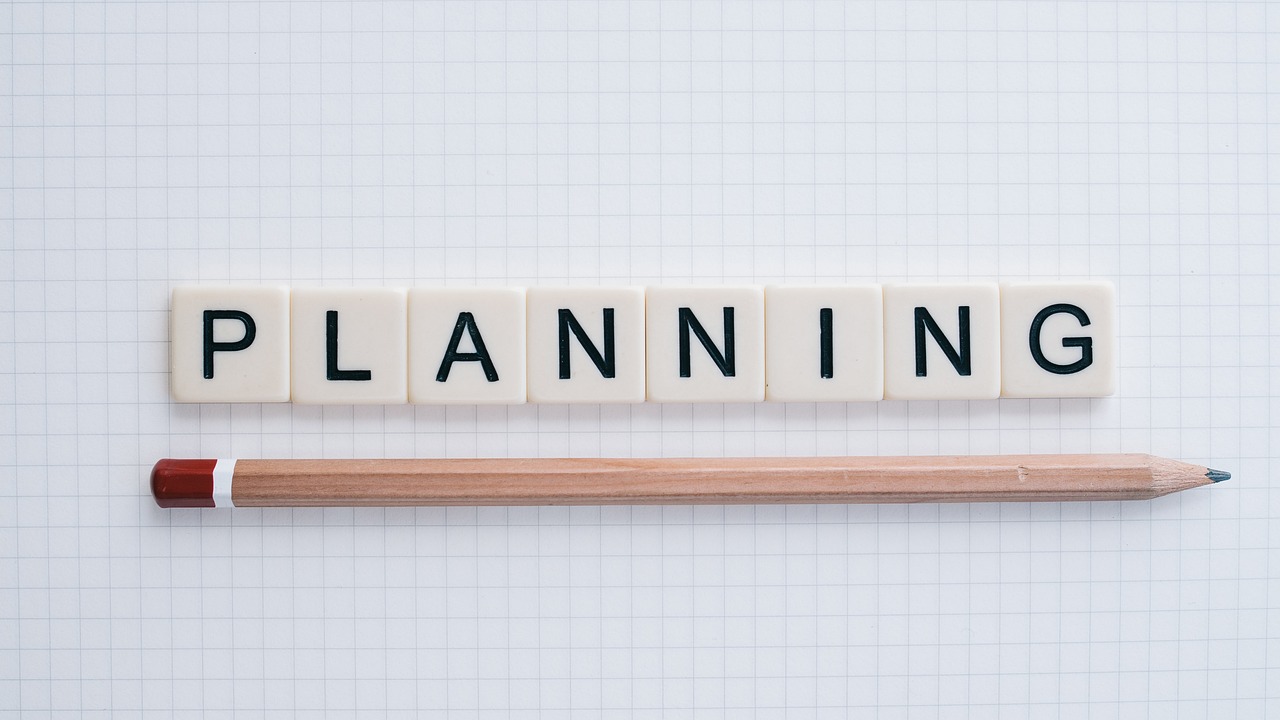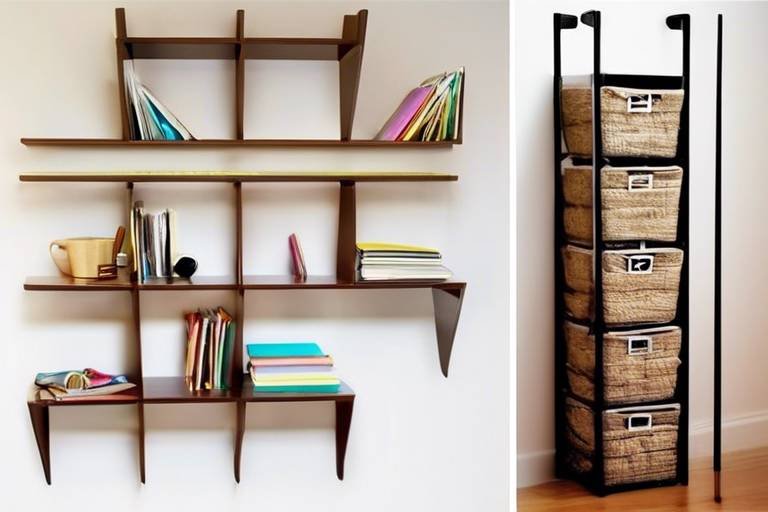How to Create a Family Calendar Everyone Will Use
Creating a family calendar that everyone in the household will actively use is a challenging yet rewarding task. It requires careful planning, effective communication, and a dash of creativity to ensure that the calendar becomes an essential tool for organizing family life. By implementing the right strategies and utilizing the features of modern calendar platforms, you can streamline the scheduling process and enhance family engagement.
One of the first steps in creating a family calendar is choosing the right platform to host it. Whether you opt for a digital calendar app or a traditional paper calendar, selecting a platform that aligns with your family's preferences and tech-savviness is crucial. Consider factors such as ease of use, accessibility, and compatibility with other devices to ensure that everyone can easily access and update the calendar.
Color-coding and categorizing events on the family calendar can significantly improve its usability. By assigning different colors to various types of events or activities, you can quickly distinguish between school events, appointments, birthdays, and more at a glance. Categories can further help in organizing events based on priority or relevance, making it easier for family members to find the information they need.
When adding events to the family calendar, it's essential to differentiate between shared and individual events. Shared events are those that involve the entire family, such as vacations or family gatherings, while individual events are specific to certain family members, like doctor's appointments or extracurricular activities. Clearly marking these distinctions can prevent confusion and ensure that everyone is aware of their commitments.
Setting reminders and alerts for important events is a key component of a functional family calendar. Whether it's a notification for a parent-teacher meeting or a reminder to pick up groceries, timely alerts can help everyone stay on top of their responsibilities and avoid last-minute surprises. Establishing a reminder system that works for all family members can significantly improve the calendar's effectiveness.
Regular family meetings dedicated to reviewing and updating the calendar are essential for maintaining its accuracy and relevance. These meetings provide an opportunity to discuss upcoming events, address scheduling conflicts, and make any necessary adjustments to the calendar. By involving all family members in the planning process, you can ensure that everyone's needs and preferences are taken into account.
Syncing the family calendar with individual calendars can streamline coordination and prevent double bookings or overlapping events. By integrating personal calendars with the family calendar, everyone can have a comprehensive view of their schedules and commitments. This synchronization simplifies the process of planning family activities and ensures that everyone is on the same page.
Encouraging active participation and input from all family members is vital for the success of the family calendar. Whether it's assigning tasks to each family member for updating the calendar or encouraging everyone to share their availability for upcoming events, fostering a sense of ownership and responsibility can increase engagement and ensure that the calendar remains up to date.
Creating a central location in your home where the family calendar is prominently displayed can serve as a visual reminder for everyone to check and update it regularly. Whether it's a physical calendar hanging on the wall or a digital display in a common area, having a central hub for the calendar reinforces its importance and encourages family members to stay organized and informed.

Choosing the Right Platform
Effective strategies for designing and implementing a family calendar that ensures organization and engagement among all family members.
When it comes to creating a family calendar that truly works for everyone, selecting the right platform is crucial. Consider the needs and preferences of your family members. Do they prefer digital solutions or traditional paper calendars? Are they more comfortable with smartphone apps or desktop software? Understanding these preferences will help you choose a platform that everyone will be excited to use.

Color-Coding and Categories
Color-coding and categories play a crucial role in creating a family calendar that is not only visually appealing but also highly functional. By assigning specific colors to different types of events or activities, you can quickly glance at the calendar and understand what each entry represents. For example, you could use bold colors like red for important family gatherings, blue for school events, and green for extracurricular activities.
Furthermore, categorizing events based on their nature or significance adds another layer of organization to the calendar. You can create categories such as "Family Time," "Work Commitments," "School Obligations," or "Personal Appointments." This segmentation helps in filtering events based on specific criteria, making it easier to focus on relevant information at a glance.
Imagine your family calendar as a colorful mosaic, where each hue and category represents a unique piece of the family's schedule. Just like different ingredients in a recipe come together to create a delicious dish, color-coding and categories blend harmoniously to form a coherent and comprehensive calendar that caters to the diverse needs of each family member.

Shared vs. Individual Events
Effective strategies for designing and implementing a family calendar that ensures organization and engagement among all family members.
Exploring different calendar platforms and selecting the one that best suits the needs and preferences of your family.
Utilizing color-coding and categories to differentiate between various types of events and activities for clarity and ease of use.
When it comes to managing a family calendar, it's crucial to distinguish between shared events that involve everyone and individual events that are specific to certain family members. By clearly marking which events are shared and which are individual, you can avoid confusion and ensure that each family member knows their responsibilities and commitments.
Establishing reminders and alerts for important events to ensure that everyone is informed and prepared in advance. This feature can help prevent last-minute surprises and ensure that no event is forgotten or overlooked.
Scheduling regular family meetings to discuss upcoming events, make adjustments to the calendar, and address any conflicts or issues. These meetings provide an opportunity for open communication and collaboration, ensuring that everyone is on the same page.
Syncing the family calendar with individual calendars to facilitate coordination and avoid scheduling conflicts. By integrating personal schedules with the family calendar, you can streamline planning and ensure that everyone's commitments align seamlessly.
Encouraging all family members to actively contribute to the calendar by adding events, updating information, and sharing their availability. This collaborative approach fosters a sense of ownership and responsibility among family members, making the calendar a true reflection of everyone's commitments.
Establishing a central location in the home where the family calendar is prominently displayed and easily accessible to everyone. Whether it's a physical calendar on the wall or a digital display in a common area, having a central location ensures that the calendar is visible and up-to-date for all family members.

Setting Reminders and Alerts
Setting reminders and alerts is a crucial aspect of maintaining an organized family calendar that keeps everyone on track and informed. By establishing reminders for important events, you can ensure that no birthdays are forgotten, no appointments are missed, and no deadlines are overlooked. Alerts serve as gentle nudges to prompt family members to prepare for upcoming activities and engagements. Imagine these reminders and alerts as friendly little helpers whispering in your ear, ensuring that you stay ahead of your schedule and never fall behind.

Regular Family Meetings
Regular family meetings are the cornerstone of a well-organized and harmonious family calendar. These meetings serve as a time for all family members to come together, discuss upcoming events, and address any conflicts or issues that may arise. Think of it as a mini board meeting for your family, where everyone has a say and can contribute to the scheduling process.
During these meetings, it's essential to review the family calendar, make any necessary adjustments, and ensure that everyone is on the same page regarding upcoming events. This is also a great opportunity to allocate tasks and responsibilities related to specific events, ensuring that everyone is actively involved in the planning process.
By holding regular family meetings, you create a sense of unity and collaboration within the family, fostering communication and teamwork. It's a time to share updates, celebrate achievements, and address any challenges that may impact the family schedule. These meetings not only keep everyone informed but also provide a platform for open discussions and problem-solving.
To make the most of these meetings, consider setting a specific day and time each week to gather as a family. This consistency helps establish a routine and ensures that everyone prioritizes these meetings as a crucial aspect of family life. Encourage active participation from all family members, including children, by allowing them to voice their opinions and suggestions regarding the family calendar.
Remember, the goal of regular family meetings is not just to discuss events but also to strengthen family bonds, build trust, and promote a sense of togetherness. It's a time to connect, communicate, and collaborate as a family unit, ensuring that everyone feels heard, valued, and involved in the planning and organization of family activities.

Syncing with Personal Calendars
Effective strategies for designing and implementing a family calendar that ensures organization and engagement among all family members.
Exploring different calendar platforms and selecting the one that best suits the needs and preferences of your family.
Utilizing color-coding and categories to differentiate between various types of events and activities for clarity and ease of use.
Distinguishing between events that are shared by all family members and those that are specific to individuals to avoid confusion.
Establishing reminders and alerts for important events to ensure that everyone is informed and prepared in advance.
Scheduling regular family meetings to discuss upcoming events, make adjustments to the calendar, and address any conflicts or issues.
Syncing the family calendar with individual calendars to facilitate coordination and avoid scheduling conflicts.
When it comes to syncing with personal calendars, the key is seamless integration. By linking the family calendar with individual calendars, each family member can stay updated on their commitments while also being aware of the family's schedule. This synchronization helps in preventing double bookings and ensures that everyone is on the same page.
Encouraging all family members to actively contribute to the calendar by adding events, updating information, and sharing their availability.
Establishing a central location in the home where the family calendar is prominently displayed and easily accessible to everyone.

Encouraging Participation and Input
Creating a family calendar that truly resonates with all members requires active participation and input from everyone involved. By fostering a collaborative environment, each family member feels a sense of ownership and responsibility towards the calendar, making it more likely to be utilized effectively. Encouraging open communication and engagement can significantly enhance the calendar's utility and ensure that everyone is on the same page.
One effective way to encourage participation is by assigning specific roles related to the calendar. For instance, designating one family member to update upcoming events, another to manage reminders, and another to coordinate with individual schedules can distribute the workload evenly and involve everyone in the process. This not only lightens the burden on one person but also fosters a sense of teamwork and cooperation among family members.
Moreover, celebrating achievements and milestones related to the family calendar can serve as positive reinforcement for active participation. Recognizing and appreciating efforts made by each member, such as consistently updating events or being proactive in communicating schedule changes, can motivate others to contribute more actively. This creates a positive feedback loop where involvement is rewarded and encouraged.
Additionally, making the calendar visually appealing and interactive can pique the interest of family members and encourage them to engage with it regularly. Incorporating photos, stickers, or personalized themes can add a fun element to the calendar, making it more attractive and enjoyable to use. By transforming the calendar into a creative outlet, individuals are more likely to feel connected to it and actively participate in keeping it up to date.
Lastly, soliciting feedback and suggestions from family members on how to improve the calendar can make everyone feel heard and valued. Creating a space for open dialogue where individuals can express their opinions, propose changes, or share ideas for enhancing the calendar's functionality fosters a sense of collaboration and mutual respect. By incorporating feedback into the calendar's design and structure, each member becomes invested in its success and usability.

Creating a Central Location
When it comes to creating a central location for your family calendar, the key is visibility and accessibility. Choose a spot in your home that is frequented by all family members, such as the kitchen or living room. Consider using a large bulletin board, a chalkboard, or a dedicated whiteboard to display the calendar. This central location should be easily visible and within reach of everyone in the family, including children. By placing the calendar in a central spot, you are ensuring that it becomes a focal point of the household and a constant reminder of upcoming events and activities.
Additionally, consider incorporating a key or legend near the calendar to explain the color-coding system or categories used. This will help everyone quickly understand the meaning behind different colors or symbols on the calendar. You can also include a section for notes or messages where family members can leave important information or updates for each other. By making the calendar interactive and informative, you are encouraging engagement and participation from all family members.
If space allows, you can enhance the central location by adding hooks or pockets to hold event invitations, tickets, or other relevant documents. This will help keep everything related to upcoming events in one place, reducing the chances of items getting lost or forgotten. Consider decorating the area around the calendar with photos, inspirational quotes, or artwork to make it more visually appealing and engaging for everyone in the family.
Remember, the goal of creating a central location for your family calendar is to make it a functional and integral part of your daily routine. By choosing a strategic spot in your home, providing clear explanations of the calendar system, and making it interactive and visually appealing, you can ensure that everyone in the family will use and benefit from the calendar on a regular basis.
Frequently Asked Questions
- How can I get my family members to actively use the family calendar?
To encourage family members to use the calendar, try involving them in the process of setting it up. Allow each member to choose their preferred color codes and categories, and regularly remind them of the benefits of staying organized and informed.
- Is it possible to sync the family calendar with individual calendars?
Yes, most calendar platforms offer the option to sync with personal calendars such as Google Calendar, Apple Calendar, or Outlook. This feature allows for seamless coordination between the family calendar and individual schedules.
- How often should we hold family meetings to update the calendar?
It is recommended to hold family meetings at least once a week to review the upcoming events, make any necessary changes to the calendar, and address any conflicts or overlapping schedules. Consistent communication is key to maintaining an effective family calendar.



















